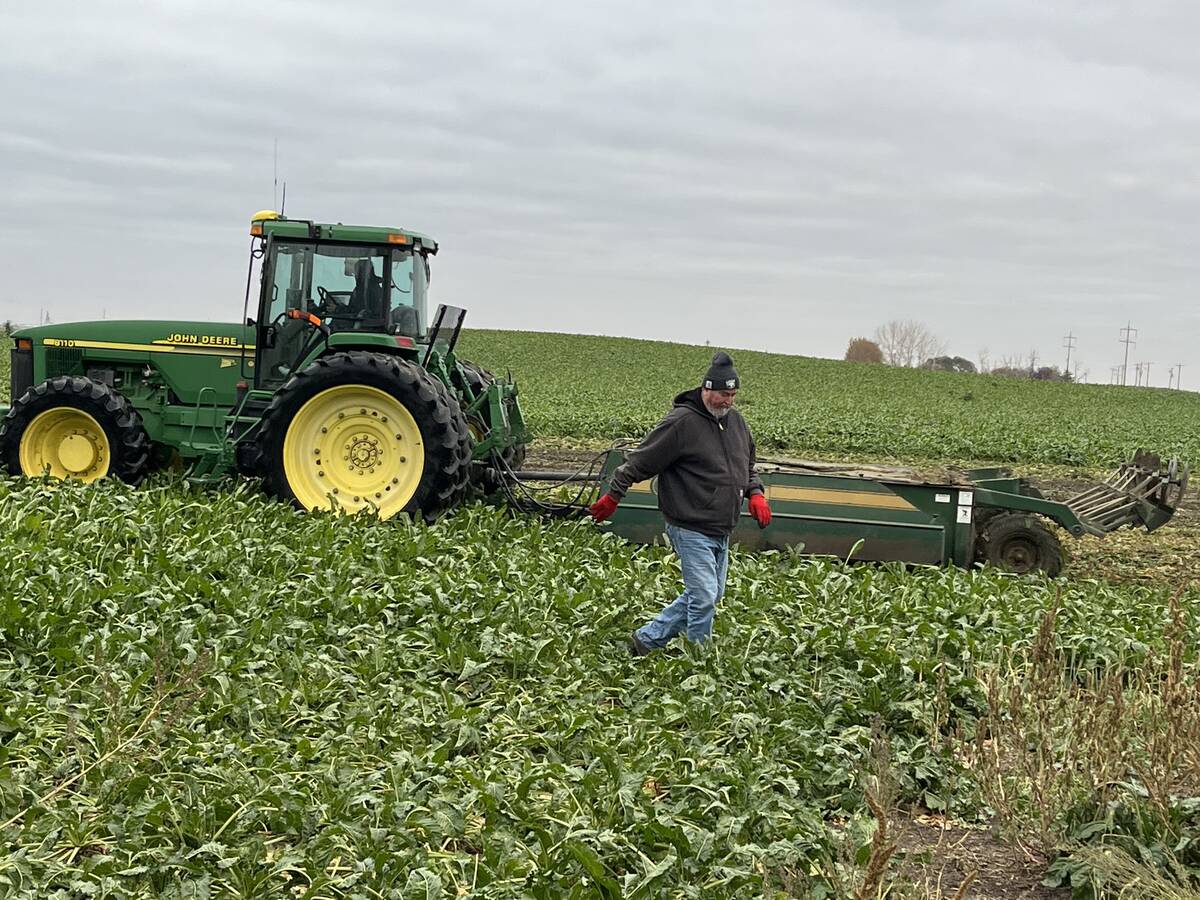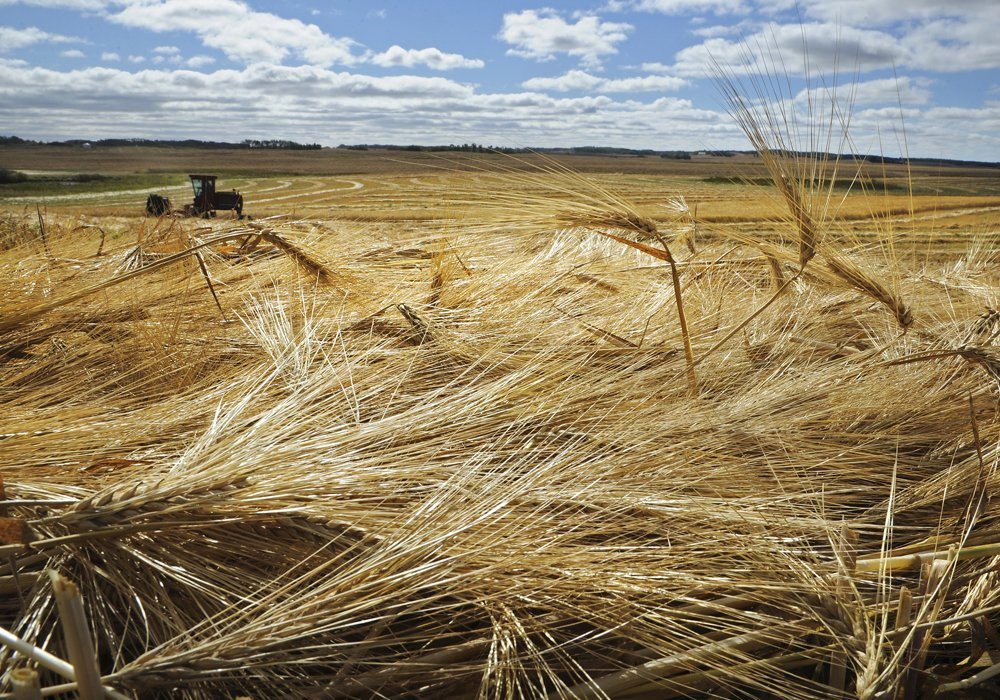Farmers must have a seat at the table during the development of carbon offset systems to ensure producers get the maximum benefit, said a director with the Alberta Wheat Commission.
Although farmers are stewards of the land, they are also businesspeople, said Hannah Konschuh, a farmer who lives near Cluny, Alta. They must deal with everything from trade uncertainties to the weather, and if governments want to ensure participation in the carbon offsets plan, producers need to have a voice, she said.
She told the Carbon Credits Systems for Farmers webinar that when producers “make a choice to make a change of operation, it’s because the benefits far exceed the costs, and this is one of those examples.”
Read Also

Weight-loss drugs and health initiatives hammer a crop that usually provides an economic cushion
Americans are simply eating less sugar. Consumption started to decline in the 1990s as artificial sweeteners grew in popularity. Farmers this year planted their smallest sugar beet acreage since 1982.
The event was hosted by the Simpson Centre for Agricultural and Food Innovation and Public Education, which is part of the School of Public Policy at the University of Calgary.
It took place March 25, the same day the Supreme Court of Canada ruled the federal government has the right to levy national carbon taxes.
As part of a federal plan to cut emissions by 32 percent in nine years, Ottawa will be raising carbon taxes each year to $170 per tonne by 2030, up from $40 per tonne as of April 1.
The federal initiative comes as provincial conservation cropping protocols for carbon offsets, or credits, are set to expire by the end of this year in Alberta.
They outline practices oilseed and grain producers must follow to generate offsets, which are reductions in greenhouse gases in one area that counterbalance emissions created in another, said a provincial statement.
“By adopting an agricultural practice improvement to create carbon offsets for trade in Alberta’s carbon market, you can earn extra income, reduce your carbon footprint and realize long-term benefits to your farm operation.”
Because their value is based on federal carbon pricing, provincial offsets would have generated significant revenue for Alberta producers by 2030.
As someone with a master’s degree in soil science from the University of Saskatchewan, Konschuh said the primary soil on her farm is dark brown and brown chernozem. It is a category of soil rich in organic matter and carbon.
Chernozem dominates the Canadian Prairies, making it “critical to the productivity of the prairie soils we grow food in,” she said.
“And this biological source of carbon has been widely recognized as one of the key nature-based solutions to how we can help our government and our country, and our planet, reach these climate change goals that we’re trying to reach.”
The federal government is developing a national Greenhouse Gas Offset System that will include opportunities for agriculture to be recognized for carbon sequestration.
However, proposed regulations will require projects to have been started after Jan. 1, 2017, and will only recognize greenhouse gas reductions that are “real, additional, quantified, unique and permanent,” said a federal statement.
Farmers fear they won’t be paid for responsible practices they have used for decades.
There is a huge gap between imposing carbon taxes of $170 per tonne on farmers by 2030 and the current “zero recognition for what is going on in reality in our soil,” said Konschuh.
Carbon offset systems must be fair and transparent, she said. If the verification process is “extremely onerous, or has challenging stipulations associated with it, farmers won’t want to sign on and we’d be missing out on a real opportunity here.”
The value of the credits must be in line with that of the “ecosystems, goods and services that farmers are providing, so to say in a different way, ‘how can farmers make sure that they get an appropriate piece of the carbon offset pie while also helping our governments to meet their climate change goals?’”
Part of the problem is how revenue is split between farmers and aggregators, she said. These are companies that buy offset credits from smaller emitters such as farmers, packaging them together for sale to larger emitters.
“What if there was a way that farmers could somehow be more involved at the aggregator level?” said Konschuh. Potential ideas include models based on fee for service that would “capture more of that value, instead of getting lost with the middleman,” she said.
Other options include things such as co-operatives, said Aaron Delaporte, senior research associate at the Department of Food, Agricultural and Resource Economics at the University of Guelph in Ontario.
However, having a middleman at all is in some ways artificial and is due to the way the offset market was originally structured, he told the webinar. Direct payment systems could be another option, although they may be more difficult to manage from a government standpoint, he said.
Aggregation is “going to get more lucrative and more attractive going forward,” said Karen Haugen-Kozyra, president of Viresco Solutions. It could include organizations such as Team Alberta, which is a working collaboration between the province’s four crop commissions, she said.
“Some of the situations in the other ones, like the beef protocols, some of the revenue streams will go back to ag societies or 4-H clubs, so getting aggregators that are part of the agricultural system, and (are) embedded entities that can pass on that value in different ways, would be lovely to see.”
















